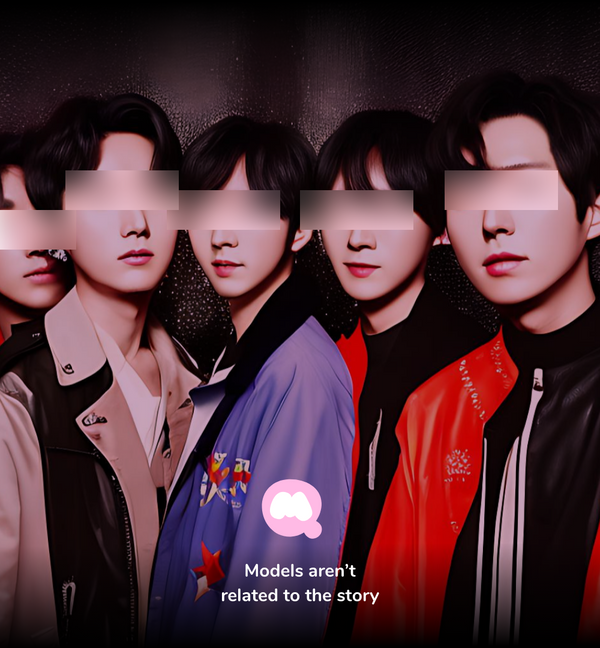Sam Smith has reportedly updated their pronouns to “their/them”. That happened a few months after they came out as gender non-binary.
This is of great importance for our community and Sam Smith as well. Sam probably the most famous person requesting to be addressed with the singular “they” pronouns them/they. The singer’s power will shed light on an important matter for many LGBTQ+ members of our community.
Being referred to as “they/their/them” can be hard at times for many. In some cases, phrases can sound unclear to whom they are referring to, who took action, etc. The sure thing is that we all have to do a fair bit of work to become more inclusive and respectful.
I believe Sam’s decision will generate a lot of discussions. Media and viewers will have more opportunities to become familiar with using the correct pronouns. It is easy to blame people using the wrong pronouns are insensitive. The truth though is that changes like these can be hard for our brains to adjust and we all need time.
I am adding here some tips for all of us finding it hard to use the correct pronouns, especially when “they” is preferred.
a. Try to use the actual name, profession or identity the person did to address them.
e.g. “They went hiking” or “Sam went hiking” or “The singer/star went hiking”.
b. Use the correct pronoun when talking about these people even if they are not in the room. This is a more respectful approach and repetition will also make it much easier.
c. Everyone makes mistakes. If you make a mistake apologise and try not to repeat it.
See here a more extensive gender pronouns guide.
I would like to thank Sam for their contribution to the LGBT movement. Their coming out and push to be respected for their gender expression is courageous and inspiring.
Gender non-binary [source]
Non-binary is a spectrum of gender identities that are not exclusively masculine or exclusively feminine—identities that are outside the gender binary. Genderqueer is an earlier term with the same meaning, originating from queer zines of the 1980s.

Non-binary people may identify as having two or more genders (being bigender or trigender); having no gender (agender, nongendered, genderless, genderfree or neutrois); moving between genders or having a fluctuating gender identity (genderfluid); being third gender or other-gendered (a category that includes those who do not place a name to their gender).
Gender identity is separate from sexual or romantic orientation, and non-binary people have a variety of sexual orientations, just as transgender and cisgender people do.
A non-binary gender is not associated with a specific gender expression, such as androgyny. Non-binary people as a group have a wide variety of gender expressions, and some may reject gender “identities” altogether.








